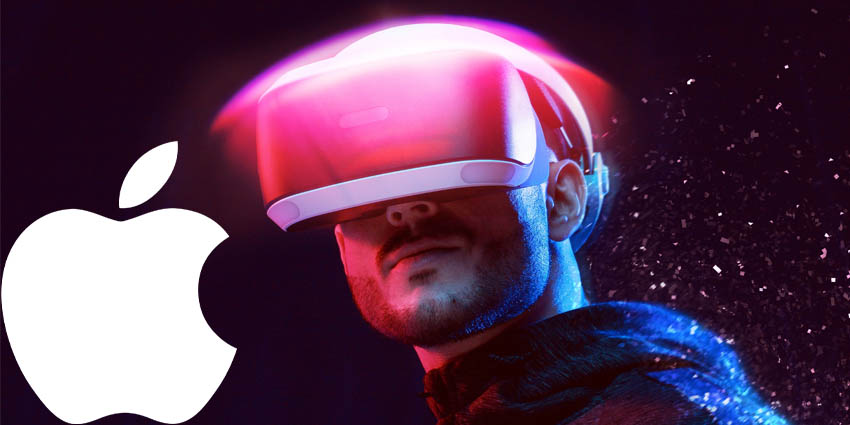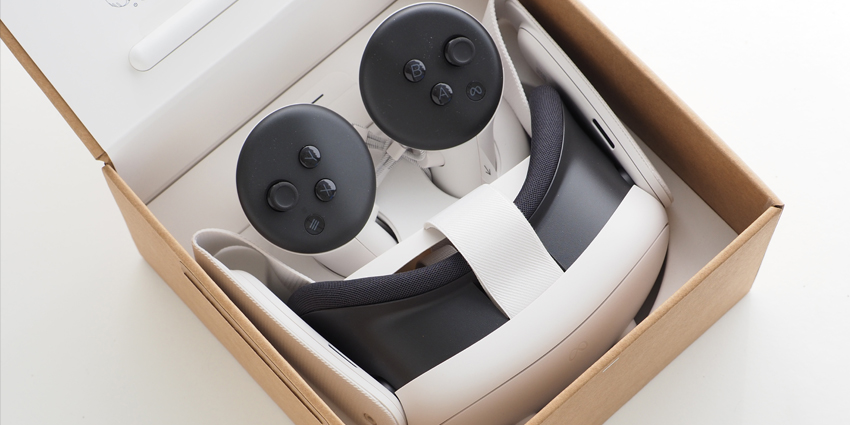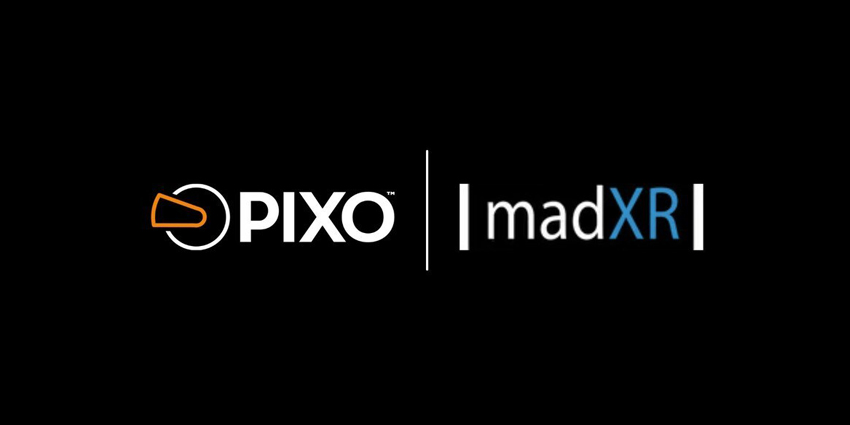Recently, rumours persist claiming that Apple will be announcing its long-awaited augmented and virtual reality (AR/VR) headset in the fourth quarter of 2022 according to trusted Apple analyst Ming-Chi Kuo.
The analyst unveiled that the upcoming headset will contain Apple’s M1 chip – that was introduce for last year’s Macbook lineup – meaning that the wearable will be as powerful as Apple laptops.
On top of this, Ming-Chi Kuo claims that the headset does not require external tethering to a laptop or smartphone to offload processing power; despite previous reports.
Additionally, Kuo explains that the headset will use the powerful M1 chipset to withstand high-end processing requirements and Apple will include a separate chipset to support sensor-related computing.
Kuo explains:
The power management unit (PMU) design of the high-end processor is similar to that of M1 because it has the same level of computing power as M1
Further reports from the analyst, claim that Japanese technology giant Sony will be providing Apple with 4K Micro OLED lens that accommodate both AR and VR immersive applications.
Earlier in the month, Kuo made additional predications saying that Apple’s iPhone 14 and upcoming headset will support Wi-Fi 6, 6E, and 7 connectivity.
Powerful Wi-Fi connection enables users to stream high-quality AR/VR 3D renders, therefore creating seamless, latency-free immersive experiences for both single and multiplayer sessions.
History of Apple’s AR/VR Headset
Leading up to 2022, Apple has been snagging numerous technology patents that paints a varied and interesting picture of the upcoming AR/VR wearable.
Most recently, the Cupertino-based tech firm secured a patent for ‘Auralization‘ a real-time 3D (RT3D) spatial audio system that uses geometrical acoustics (GA) technology to simulate the behaviours of interior sound waves and acoustics.
In October of this year, Apple filed a patent for its “Direct Retinal Projector” solution that is the next-step in decreasing user motion sickness and headaches.
Additionally, the United States Patent and Trademark Office (USPTO) award Apple with a patent for a ring-shaped device to enable simple finger inputs for immersive navigation.
Reports from July, show that Apple filed a request with the USPTO to secure a patent for a conceptual MR user interface (UI) that streamlines navigation with hand gestures – this may work alongside the ring-shaped gesture add-on.
In mid 2021, Apple filed a series of additional patents for an AR display that matches real-world lighting, as well as advanced facial biometrics, and even an air conditioning system.
In other news, Apple joined Blender’s list of top-tier funders to support the open source RT3D developer platform.
Another partnership with LG InnoTek saw the South Korean tech giant supply Apple with 3D Time of Flight (ToF) modules that measure distances between real-world objects. Additionally, LG supplied these sensors to Microsoft as it develops the Hololens 3.
News comes after, Apple announced $430 billion worth of investments into the US to create 20,000 new jobs over the next five years.
Competition in Meta
In September, Apple CEO Tim Cook claimed that he is a “AR fan #1.,” although he is not alone in this sentiment.
Recently and in-part due to the Covid-19 Pandemic, there has been a number of extended reality (XR) advancements and an increase in interest from consumers.
Meta is investing heavily into the XR market, this started with its acquisition of Oculus and more recently its rebranding as a Metaverse company.
The Meta Quest has a leading adoption-rate according to SteamVR figures, additionally the Meta Quest sold roughly 10 million Quest 2 headsets as reported by Qualcomm – Meta Quest’s official XR chipset providers.
The Menlo Park-based firm is expanding the Meta Quest’s capabilities by recently introducing support for AR and MR development on its popular headset. This includes the Spark AR software development kit (SDK) and Multipeer API that gives developers the tools required to create intuitive AR/MR experiences.
Additionally, Meta is providing budding XR developers with a series of useful resources and guides to aid production pipelines.
Also, Meta is enhancing AR/MR distribution opportunities on the Meta Quest with an improved App Lab and increased support for rolling out AR/MR applications.
Meta is developing various hardware solutions to support its new AR/MR focus including an elusive pair of headsets – Project Cambria and Project Naraze – as well as a recently unveiled haptic glove.
US AR/VR Consumer Shark Tank
Aside from Meta and Apple, global tech giant Microsoft announced a consumer-grade HoloLens 3 predicted to release in March, 2024.
The new MR headset from Microsoft will be cheaper then the HoloLens 2 that was expensive and primarily designed for enterprise use cases.
Chinese manufacturer of consumer-grade AR smart glasses Nreal debuted its flagship ‘Nreal Light‘ in the US on November 18th.
The news came following, a lengthy legal battle with Epic Games – the owners of ‘Unreal Engine’, a RT3D games engine – who filed a legal complaint claiming the trademarks ‘Nreal’ and ‘Unreal’ were visually similar.
Although, after a 60-day negotiation period in 2019, US courts ordered Epic Games to pay all related court fees. In addition, Magic Leap accused Nreal, CEO, Dr Xu Chi, of stealing company secrets to develop Nreal products, but US courts later overturned the case.
Despite delays caused by this legal trouble, the Nreal finally debuted in the US this year.
Taiwanese tech giant HTC VIVE is a mainstay AR/VR headset manufacturer who recently unveiled three new wearables Vive Pro 2, Focus 3 and the innovative VIVE Flow ‘VR glasses’ for wellness.
Additionally, many firms are trying to find their place in the busy AR/VR/MR marketplace such as Valve, Lenovo, Lynx, and Varjo. On top of this, many international firms such as INMO are securing funding to distribute AR wearables globally – including the US.







